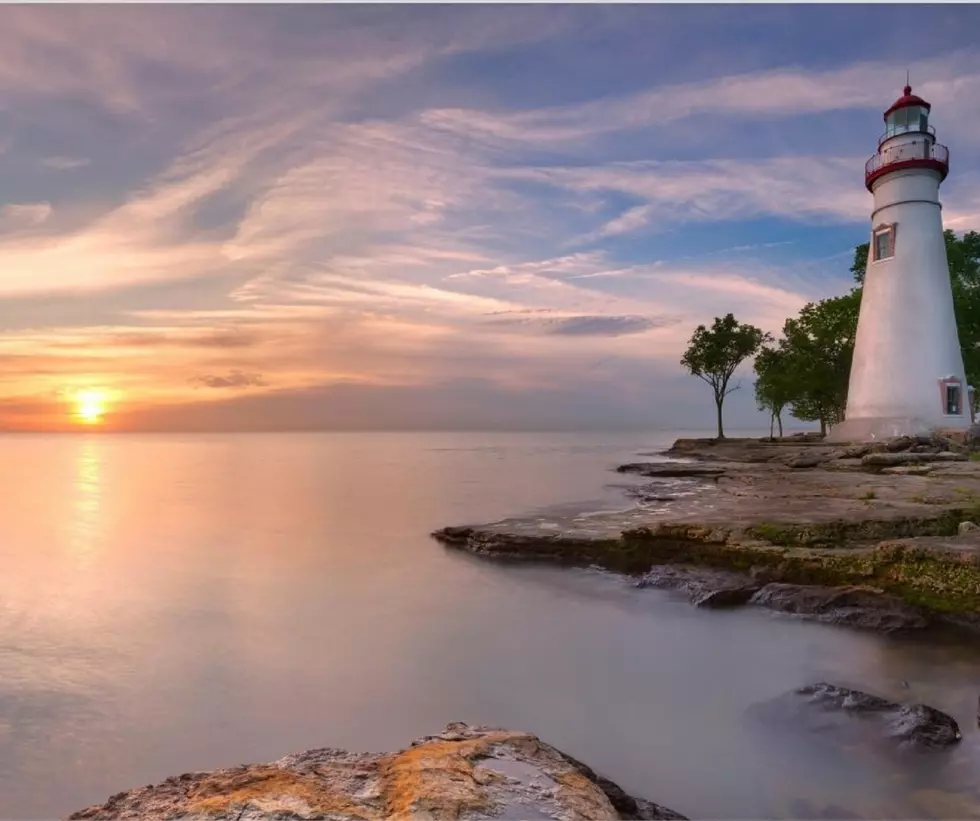
Tsunamis Can, And Have, Happened On The Great Lakes
Tsunamis, also known as tidal waves, are almost exclusively believed to be an event that occurs in the world's oceans and seas. Generally, a tsunami is caused by an Earthquake, volcanic eruption, or other underwater explosions such as landslides, glacier movement or even meteorite impacts.
But tsunamis on the Great Lakes, known as 'meteotsunamis', can also happen. These are described as a rather unfamiliar phenomenon, but they have actually been happening often over the years.
WOOD-TV Meteorologist Ellen Bacca explained that a meteotsunami is a large mass of water that slams into shore, hitting a very localized area. She reported on one that happened in Ludington last year from Lake Michigan which caused its pier to become submerged in just minutes.
And with higher water levels currently on the lakes, there is a concern about the potential for powerful meteotsunamis to happen. WOOD-TV has also reported a warning from scientists saying that meteotsunamis will be more noticeable on the Great Lakes and could produce more damage than during low-water years.
Here are a few of the strongest meteotsunamis on record, reported by the Detroit Free Press, that occurred on the Great Lakes and also, unfortunately, became deadly:
- July 4, 1929: A 20-foot wave that scientists now believe was caused by a meteotsunami crashed over holiday beach-goers on a pier in Grand Haven. Ten people were pulled out into Lake Michigan and drowned.
- June 26, 1954: A 10-foot, meteotsunami-caused wave swept fishermen off a pier on the shores of Lake Michigan in Chicago. Seven were killed.
- July 4, 2003: Seven swimmers drowned on Lake Michigan near Sawyer in Berrien County. According to media reports at the time, the drownings occurred within a 3-hour span after a powerful thunderstorm plowed through the area that morning, producing wind gusts of 50 m.p.h.
More From 99.1 WFMK







